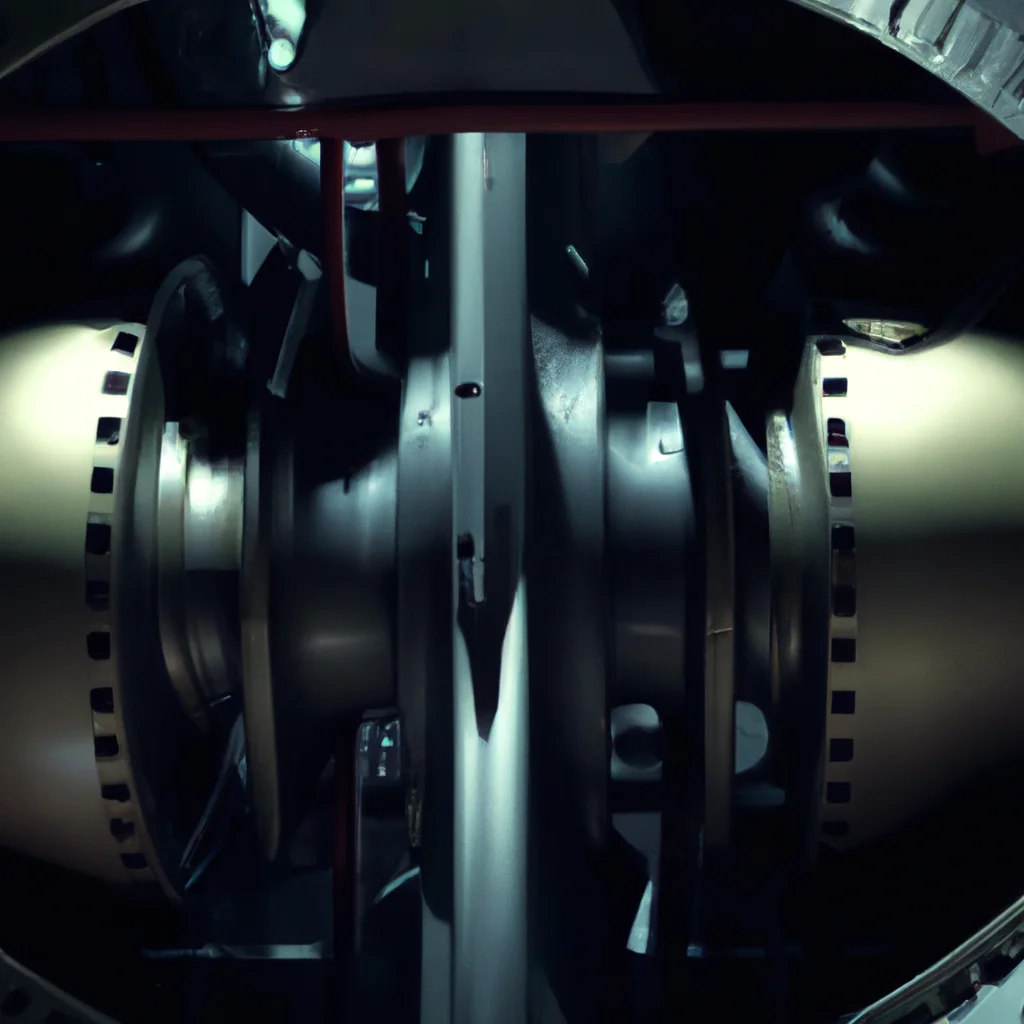How does a steam turbine work?


How does a steam turbine work?
A steam turbine is a device that converts the thermal energy of pressurized steam into mechanical energy by rotating a rotor. This mechanical energy can then be used to generate electricity in a power plant. Steam turbines are commonly used in power generation, and they play an essential role in the energy conversion process. In this article, we will discuss how a steam turbine works, including the components involved, the thermodynamics behind the process, and the Rankine cycle.
Components of a Steam Turbine
A steam turbine consists of several components that work together to convert steam energy into mechanical energy. The main components of a steam turbine include:
1. Turbine Blades: The turbine blades are the most crucial component of the steam turbine. They are attached to the rotor and are responsible for converting steam energy into mechanical energy. The blades are designed in a way that ensures maximum efficiency in converting steam energy into mechanical energy.
2. Rotor: The rotor is the central component of the steam turbine. It rotates at high speeds, and the turbine blades are attached to it. The rotor is usually made of high-strength steel to withstand the high stresses and high temperatures involved in the process.
3. Steam Flow: The steam flow is the steam that enters the turbine and flows through the turbine blades. The steam flow is generated by heating water in a steam generator.
4. Steam Generator: The steam generator is a component of a steam power plant that converts water into steam. The steam is then used to drive the steam turbine.
Thermodynamics of a Steam Turbine
The thermodynamics behind a steam turbine is based on the Rankine cycle, which is a thermodynamic cycle that is commonly used in power generation. The Rankine cycle consists of four stages:
1. Heat Addition: In the first stage of the Rankine cycle, water is heated in a steam generator to produce steam.
2. Expansion: In the second stage, the steam is expanded through the turbine blades. This expansion causes the rotor to rotate, and mechanical energy is produced.
3. Heat Rejection: In the third stage, the steam that has passed through the turbine blades is condensed back into water in a condenser.
4. Pumping: In the fourth stage, the condensed water is pumped back into the steam generator to repeat the cycle.
Working of a Steam Turbine
The working of a steam turbine is as follows:
1. Steam is generated by heating water in a steam generator.
2. The steam flows through the turbine blades, causing the rotor to rotate.
3. The mechanical energy produced by the rotating rotor is used to generate electricity in a power plant.
4. The steam that has passed through the turbine blades is condensed back into water in a condenser.
5. The condensed water is then pumped back into the steam generator to repeat the cycle.
Advantages of Using a Steam Turbine
There are several advantages of using a steam turbine in power generation. Some of these advantages include:
1. High Efficiency: Steam turbines are highly efficient in converting steam energy into mechanical energy.
2. Reliable: Steam turbines are reliable and require minimal maintenance.
3. Versatile: Steam turbines can be used in different types of power plants, including nuclear and fossil fuel power plants.
4. Environmentally Friendly: Steam turbines do not emit harmful pollutants, making them environmentally friendly.
Conclusion
In conclusion, a steam turbine is a vital component of a steam power plant, and it plays a crucial role in power generation. The steam turbine works on the Rankine cycle, which is a thermodynamic cycle that is commonly used in power generation. The components of a steam turbine include turbine blades, rotor, steam flow, and steam generator. Steam turbines are highly efficient, reliable, versatile, and environmentally friendly.
Recent Posts
How do I create an engaging and informative online quiz or assessment?
Creating an engaging and informative online quiz or assessment can be a powerful tool for… Read More
What are the most effective methods for managing and reducing work-related stress in the hospitality industry?
Work-related stress is a common issue in the hospitality industry, where employees often face long… Read More
How can I improve my assertiveness and communication skills in a leadership position?
In a leadership position, assertiveness and effective communication skills are crucial for success. Being able… Read More
What are the key elements of a successful employee recognition and rewards program?
Employee recognition and rewards programs play a crucial role in motivating and engaging employees, as… Read More
How do I effectively manage and respond to customer feedback and reviews?
Customer feedback and online reviews play a crucial role in shaping a company's reputation and… Read More
What are the best strategies for effective time management as a stay-at-home parent?
Effective time management is crucial for stay-at-home parents who juggle multiple responsibilities on a daily… Read More